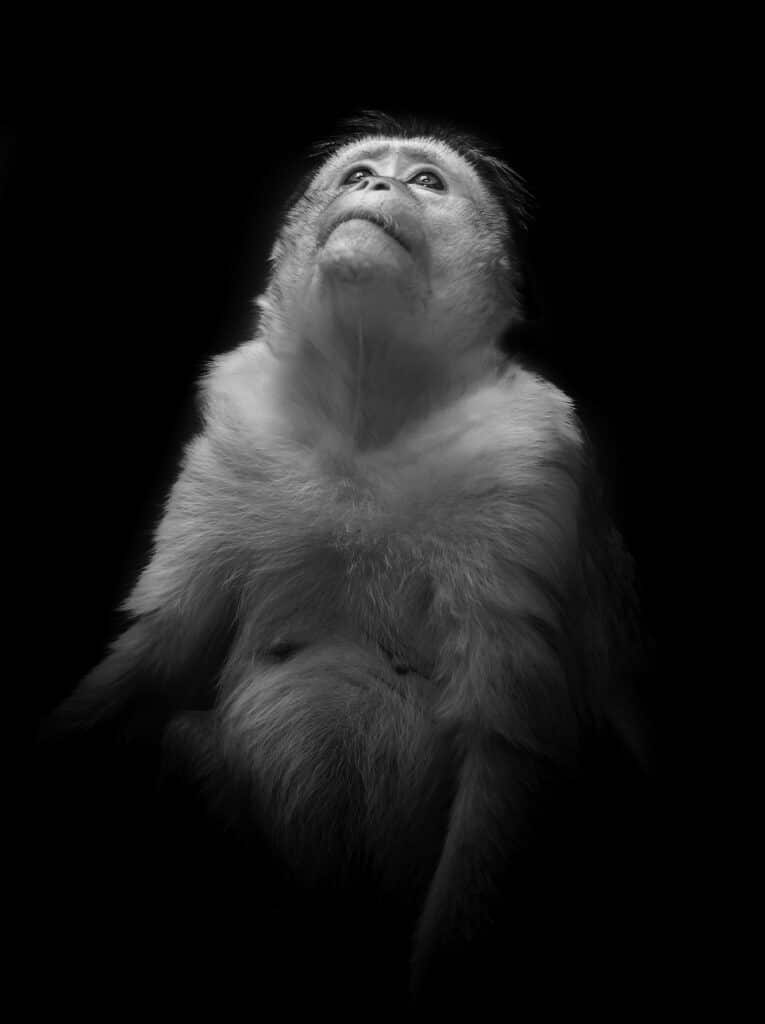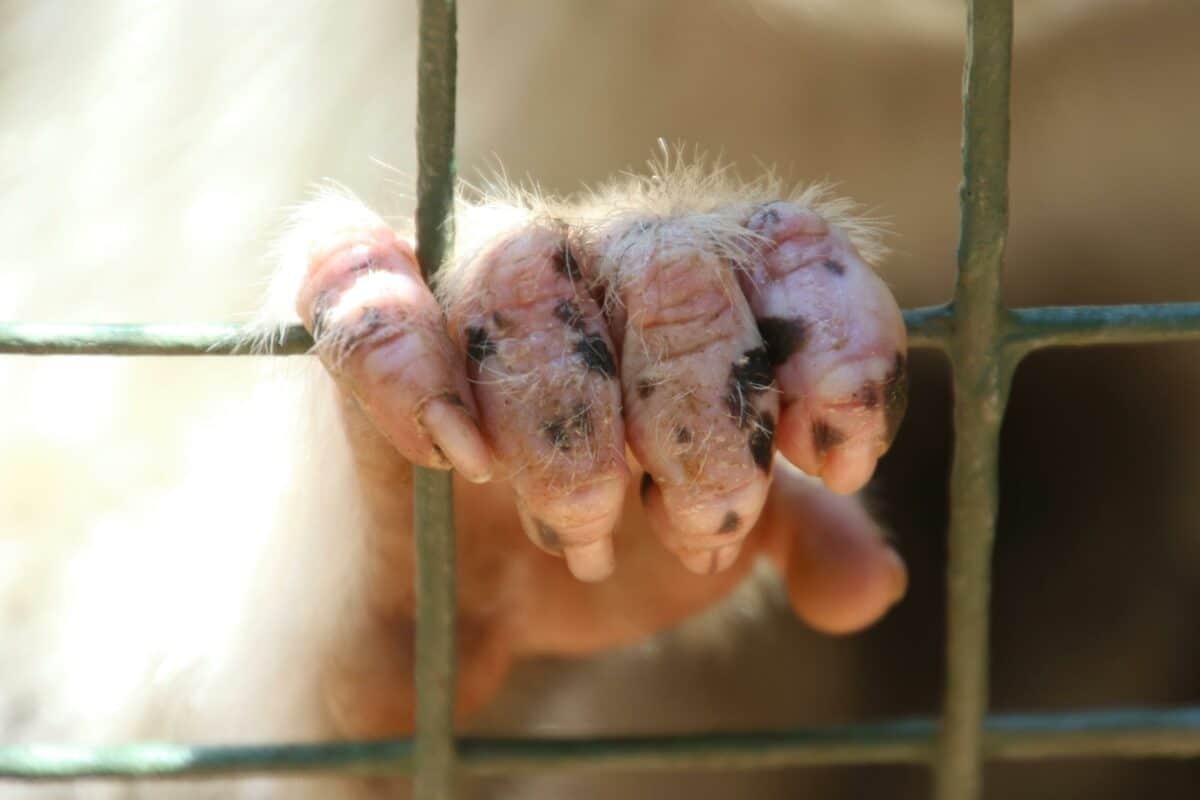Brazoria County, Texas, became the center of a heated debate when a biomedical research firm, Charles River Laboratories, announced plans to house up to 43,200 monkeys for research purposes. This decision sparked a significant backlash from the local community and animal rights groups, leading to a complex confrontation between economic interests, animal welfare concerns, and environmental considerations.
The Biomedical Firm’s Proposal
Charles River Laboratories, a prominent player in the biomedical research industry, aimed to establish a facility in Brazoria County to house a vast number of monkeys. These animals were to be used for research and testing purposes, a common practice in the pharmaceutical and biotech industries. The company’s expansion into Brazoria County was part of a broader strategy to meet the increasing demand for laboratory animals.
Community Concerns
The proposal was met with immediate resistance from residents and environmental activists. Residents who moved to Brazoria County seeking tranquility found themselves at the forefront of a battle against what they perceived as an invasion of their community and a threat to the local environment. Concerns were raised about the potential for disease spread, environmental contamination, and the ethical implications of housing such a large number of animals for experimentation.
PETA’s Involvement and Public Pressure
PETA (People for the Ethical Treatment of Animals) played a significant role in mobilizing opposition. The organization canvassed local officials and conservation groups, disseminated information to residents, and actively campaigned against the project. Their efforts focused on highlighting the potential risks of disease transmission, environmental damage, and the ethical dilemma posed by using monkeys for medical research.
Company’s Response and Revised Plans
In response to the mounting public pressure and opposition, Charles River Laboratories held meetings with elected officials and reconsidered its initial plan. The company proposed a scaled-down version of the project, focusing on a quarantine facility housing a smaller number of long-tailed macaques. Despite this revision, the company’s plans were put on hold, reflecting the intensity of the public outcry and the need for further dialogue and assessment.

The Broader Implications of Housing 43,000 Monkeys
The situation in Brazoria County underscores the complex issues at the intersection of scientific research, animal welfare, and community interests. It highlights the challenges faced by communities when confronted with large-scale projects that have significant environmental and ethical implications. Furthermore, the case raises important questions about the use of animals in medical research and the need for ethical and sustainable practices in this field.
Conclusion
The controversy in Brazoria County over housing 43,000 monkeys for research purposes serves as a potent example of the multifaceted challenges that arise when the demands of scientific research collide with community interests and animal welfare concerns. It emphasizes the importance of transparent communication, ethical considerations, and the need for a balanced approach that respects both scientific progress and the rights of animals and communities. The ongoing debate in Brazoria County continues to resonate as a significant case study in the broader discourse on animal rights, environmental stewardship, and community agency in the face of corporate expansion.
What do you think about the 43,000 monkeys? Leave a comment below.
Thank you for following along with this article – The Texan Controversy Over Housing 43,000 Monkeys.
You may also like:
- Monkey Business: Bali’s Clever Macaques Are Stealing Tourists’ Phones for Ransom!
- Aggressive Monkeys Arrested After Taking Revenge on Local Dogs
- Noise Pollution Threatens Pied Tamarin Monkeys
Join our Forum for free today!

- Shocking Survey Results of only 718 Snow Leopards Identified in India - July 18, 2024
- Do Octopuses Punch Fish For No Reason? - July 5, 2024
- Brave Farm Animals Save Chicken Friend FromHawk - June 30, 2024

